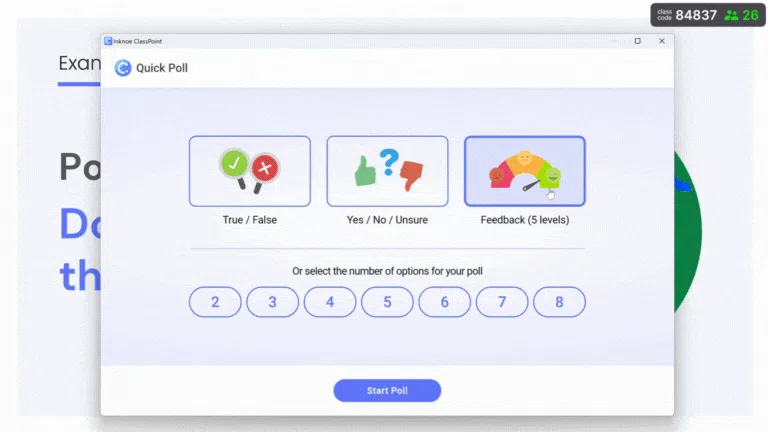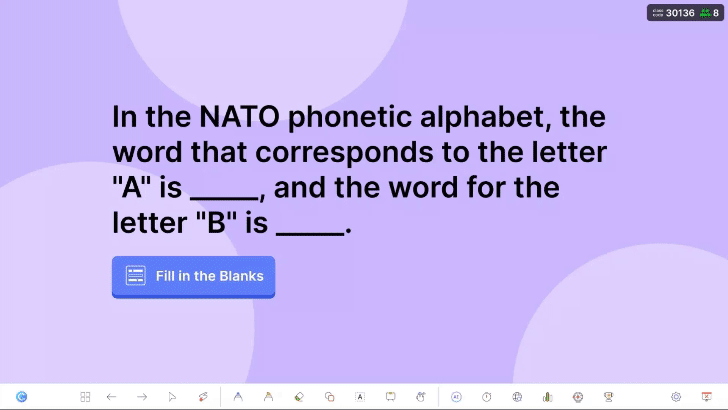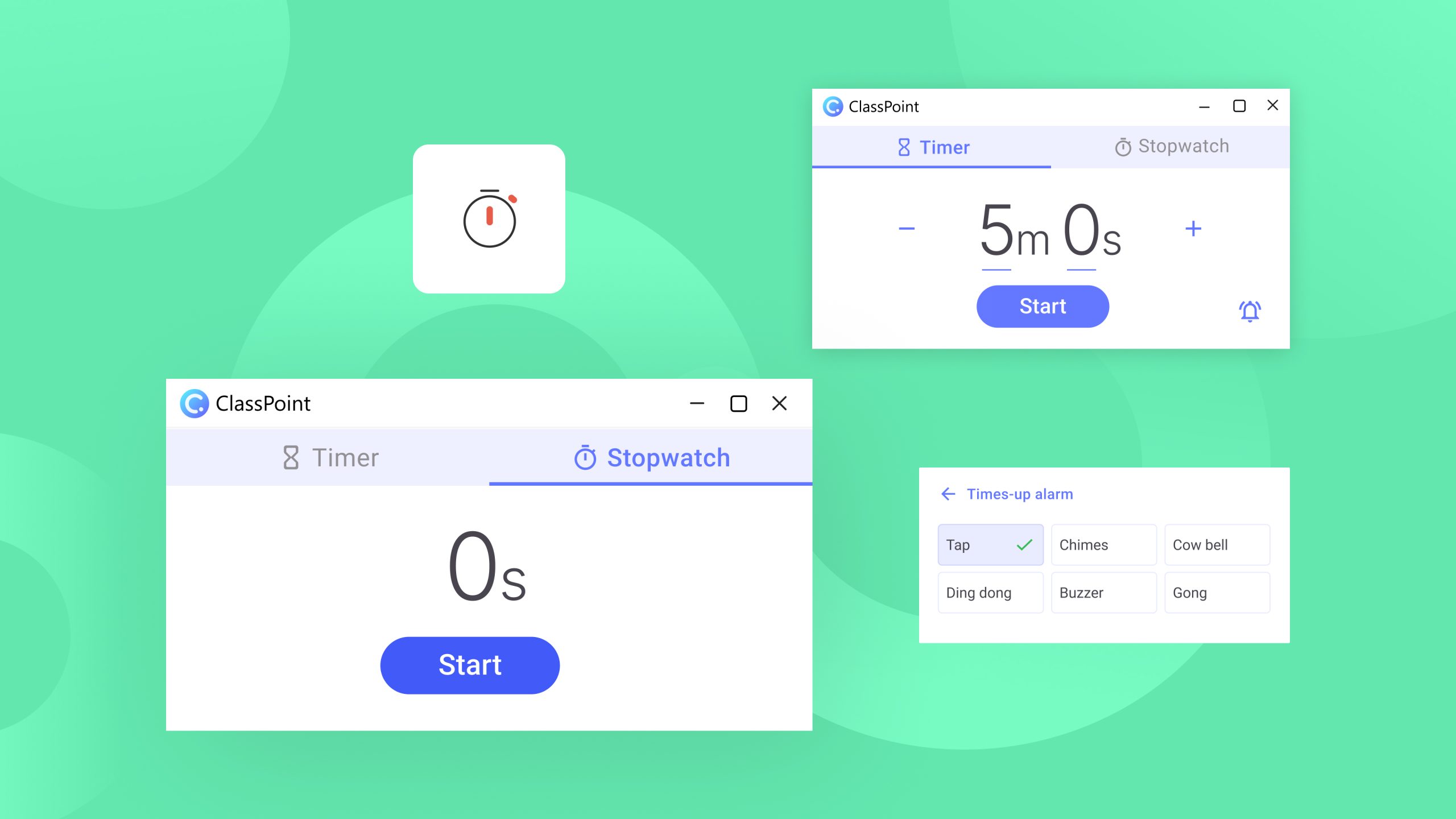It’s in a child’s nature to play and be curious about their surroundings, yet learning and play are often viewed as separate activities.
According to Harvard Graduate School of Education’s Project Zero, this is usually a false dichotomy. In reality, learning thrives through experiences that are playful, actively engaging, and socially interactive. When children learn through play, they get the opportunity to explore ideas, practice skills, and form connections naturally and enjoyably.
But consider this for a second: what if learning and play could coexist? This sums up play-based learning, an educational approach that blends play and learning to support children’s growth across social, emotional, cognitive, and physical domains. Play-based learning can be either free or guided, with varying degrees of adult supervision.
By tapping into children’s natural curiosity and their love for experimentation, exploration, and problem-solving, teachers can enhance play-based learning and tailor it to meet individual learning goals. Central to this approach is the idea that teachers act as Socratic guides, not as sages on the stage. Instead of viewing students as passive recipients of information, teachers see them as active explorers, contributing to the learning experience by sharing their prior knowledge and insights.
Now that we’ve covered what play-based learning is all about, let’s explore some activities you can implement in your classroom.
| Activity | Description | Skills Developed |
|---|---|---|
| Scavenger Hunts | Search for hidden objects or clues indoors/outdoors; scalable by age. | Problem-solving, teamwork, creativity |
| Interactive Quiz Show | Quiz with true/false or short answers using tools like ClassPoint. | Critical thinking and knowledge retention |
| Artistic Creation | Fine motor skills, cognitive, and emotional | Language, motor skills, and social interaction |
| Music and Movement Games | Drawing, painting, and crafts for creative expression. | Spelling, typing, and focus |
| Speedy Spelling Bee | Fast-paced spelling game with digital tools. | Critical thinking, memory, and social skills |
| Puzzle Solving and Board Games | Singing, dancing, and rhythm games indoors or outdoors. | Gross motor skills, cooperation, and resilience |
| Outdoor Nature Exploration | Active games like obstacle courses, tag, and hopscotch for motor development. | Scientific thinking and physical health |
| Physical Play & Obstacle Courses | Sand, water, and playdough for tactile exploration and calm play. | Nature walks, bug hunting, and gardening to explore ecosystems. |
| Sensory Play | Math fluency, problem-solving, and quick thinking | Fine motor skills, sensory development |
| Math Mania | Timed math challenges with competitive elements. | Problem-solving, teamwork, and creativity |
1. Scavenger Hunts (Treasure Hunts)
Scavenger hunts involve searching for hidden objects or following clues, either indoors or outside. This playful adventure encourages problem-solving and critical thinking as children decipher clues or lists, enhancing memory and cognitive skills. It also gets kids moving for physical activity and can be done in teams to practice teamwork and social skills.
The open-ended nature of scavenger hunts sparks creativity and can be scaled in difficulty (e.g. picture clues for younger children, riddles for older students) to suit different ages.
2. Interactive Quiz Show
Students participate in a quiz where they answer true/false or short-answer questions based on the lesson or topic at hand. If you’re using PowerPoint, consider using ClassPoint. It has features like a quick poll allowing for true/false answers, and a short answer activity where students can submit their detailed responses.

Overall, interactive quizzes promote critical thinking, teamwork, knowledge retention, and friendly competition, all while reinforcing the material learned in a fun and interactive way.
3. Artistic Creation (Drawing, Painting, and Crafts)
Arts and crafts activities, from drawing with crayons to painting, sculpting with clay, or collage-making, provide rich creative and sensory experiences. Making art builds fine motor skills (using fingers and hands) and hand–eye coordination as children grasp brushes or scissors.
It also engages cognitive skills like connecting patterns, color recognition, and even basic cause-and-effect (e.g., “mixing blue and yellow makes green”). Importantly, art offers a means of self-expression; children can convey feelings or ideas visually, which can relieve stress and support emotional well-being.
Looking to build student resilience? Here are 10 Effective Emotional Regulation Activities For Students of All Ages.
4. Music and Movement Games
Singing, dancing, and musical games combine creative, physical, and cognitive learning. Singing songs helps develop language and listening skills, forming a basis for literacy (through rhymes and new words), and even introduces basic math concepts like counting through lyrics. Dancing or action games (like “Freeze Dance” or musical chairs) promote gross motor skills, improving coordination, balance, and rhythm, and they build strength and flexibility as kids move their bodies.
Musical group activities also encourage social interaction (cooperating in group dances or taking turns with instruments) and let children express emotions through music. These activities can be done in a classroom circle, at home, or outdoors, and easily adapted to any age (e.g., simple rhythm games for the young, more complex dance routines for older children).
Want to explore adding music to your slides? Here are 3 Innovative Ways to Add Music to PowerPoint Presentations.
5. Speedy Spelling Bee
Give the traditional spelling bee a digital upgrade with this fast-paced, interactive game. In Speedy Spelling Bee, students are challenged to type the correct spelling of a word as quickly and accurately as possible. This not only reinforces spelling skills but also helps build focus, typing speed, and word recognition under pressure.
To keep things exciting and adaptable for different grade levels, you can introduce random word generators, time limits for each round, and progressively difficult vocabulary. This makes the activity scalable, whether you’re working with beginners or more advanced learners.
Add an extra layer of engagement by incorporating ClassPoint’s fill-in-the-blank feature. You can provide clues, definitions, or even images to prompt the correct response. It’s a fun and flexible way to quiz your students while encouraging active recall and attention to detail.

6. Puzzle Solving and Board Games
Puzzles (like jigsaw puzzles, shape sorters, and riddles) and board games offer cognitive challenges that are fun and educational. Solving puzzles helps children develop critical thinking, pattern recognition, and memory as they figure out how pieces fit together or recall game rules.
Want to play digital puzzles? Here's a Free Interactive PowerPoint Puzzle Template and Tutorial in 5 Simple Steps.
Board games often incorporate themes like numbers, shapes, or words, reinforcing academic concepts (early math, color and shape recognition, simple reading) in a playful context. Just as importantly, these games teach social skills such as patience, turn-taking, following rules, and good sportsmanship.
7. Outdoor Nature Exploration
Exploring nature is a stimulating play-based activity that gets children outside to discover the world around them. Activities like nature walks, bug hunting, collecting leaves, or gardening cultivate curiosity and early scientific thinking as kids observe plants and animals and tap into their inquisitive nature by asking questions about ecosystems. Outdoor play is healthy since it provides fresh air and exercise, benefiting physical development.
It also teaches respect for the environment and basic biology (e.g., observing life cycles of insects or how plants grow) in an experiential way. Unstructured nature play (climbing a tree, playing in the mud, or making nature art from sticks and rocks) helps children become more independent and inquisitive, boosting their confidence in exploration. This activity can be done in a backyard, park, or any natural setting, making learning an adventure.
8. Physical Play and Obstacle Courses
Children have a natural desire to run, jump, and climb. Setting up active play challenges, like a simple obstacle course, hopscotch, a game of tag, or playground play, supports physical development by strengthening gross motor skills (coordination, strength, balance). Providing safe, age-appropriate physical challenges (e.g., crawling under a chair tunnel, balancing on a line, jumping between hoops) helps kids build confidence and resilience through healthy risk-taking.
Group games also foster social skills like cooperation (when working in teams or following “Simon Says”-style instructions) and emotional skills like learning to cope with both winning and losing. Active play is highly adaptable: it can be done outdoors or in a gym/classroom with space, and the difficulty can be adjusted for different ability levels, ensuring all children stay engaged and have fun while staying active.
9. Sensory Play with Sand, Water, or Playdough
Sensory play activities engage children’s senses, touch, sight, sound (and sometimes smell and taste), to promote exploration and calm, focused play. Playing with sand or water (at a sand table, sandbox, or with water tubs) lets children experiment with concepts like volume, texture, and cause-and-effect (e.g., “What happens if I pour water through a funnel?”). Such play lays the foundations of scientific learning as kids observe physical properties and experiment, all while having fun.
Physical skills are developed by scooping, digging, pouring, and molding, which build fine motor control and hand–eye coordination. Sensory play can also have social benefits. For example, two children building sand castles together learn to share tools and ideas, and this can be very soothing, aiding emotional regulation.
Other sensory activities like playdough, slime, or rice bins similarly encourage creativity and hands-on discovery. These can be easily set up at home or in class (with appropriate materials) and adjusted for any age (using simpler tools for younger kids, adding science questions or challenges for older ones).
10. Math Mania
Math Mania turns math problems into an exciting timed challenge. Students are presented with math questions (e.g., addition, multiplication, fractions), and they must solve as many problems correctly within a set time limit. The game can be made competitive by introducing a leaderboard or by offering rewards for accuracy and speed. This game reinforces math fluency, problem-solving, and quick thinking, while keeping students engaged and excited about solving math challenges.

Want more math quiz ideas? Here are Creative Math Enrichment Activities to Help Students Become Better at Math.
FAQs
What is play-based learning, and why is it important?
Play-based learning is an educational approach that combines play with learning to support children’s cognitive, social, emotional, and physical development. It engages natural curiosity and helps children learn through exploration and experimentation.
How does play-based learning benefit children’s development?
Play-based learning promotes critical thinking, creativity, problem-solving, motor skills, social interaction, and emotional well-being by providing meaningful, hands-on experiences tailored to children’s interests and abilities.
What are some examples of play-based learning activities?
Common play-based learning activities include scavenger hunts, interactive quizzes, artistic creation, music and movement games, sensory play, physical obstacle courses, nature exploration, puzzle solving, and math challenges.
How can teachers effectively implement play-based learning in the classroom?
Teachers can guide play-based learning by acting as facilitators—observing, asking open-ended questions, providing appropriate materials, and tailoring activities to individual learning goals while encouraging collaboration and exploration.
Can technology support play-based learning?
Yes. Tools like ClassPoint enhance play-based learning by enabling interactive quizzes, spelling games, and other activities that engage students actively, helping to blend traditional play with digital learning experiences.

